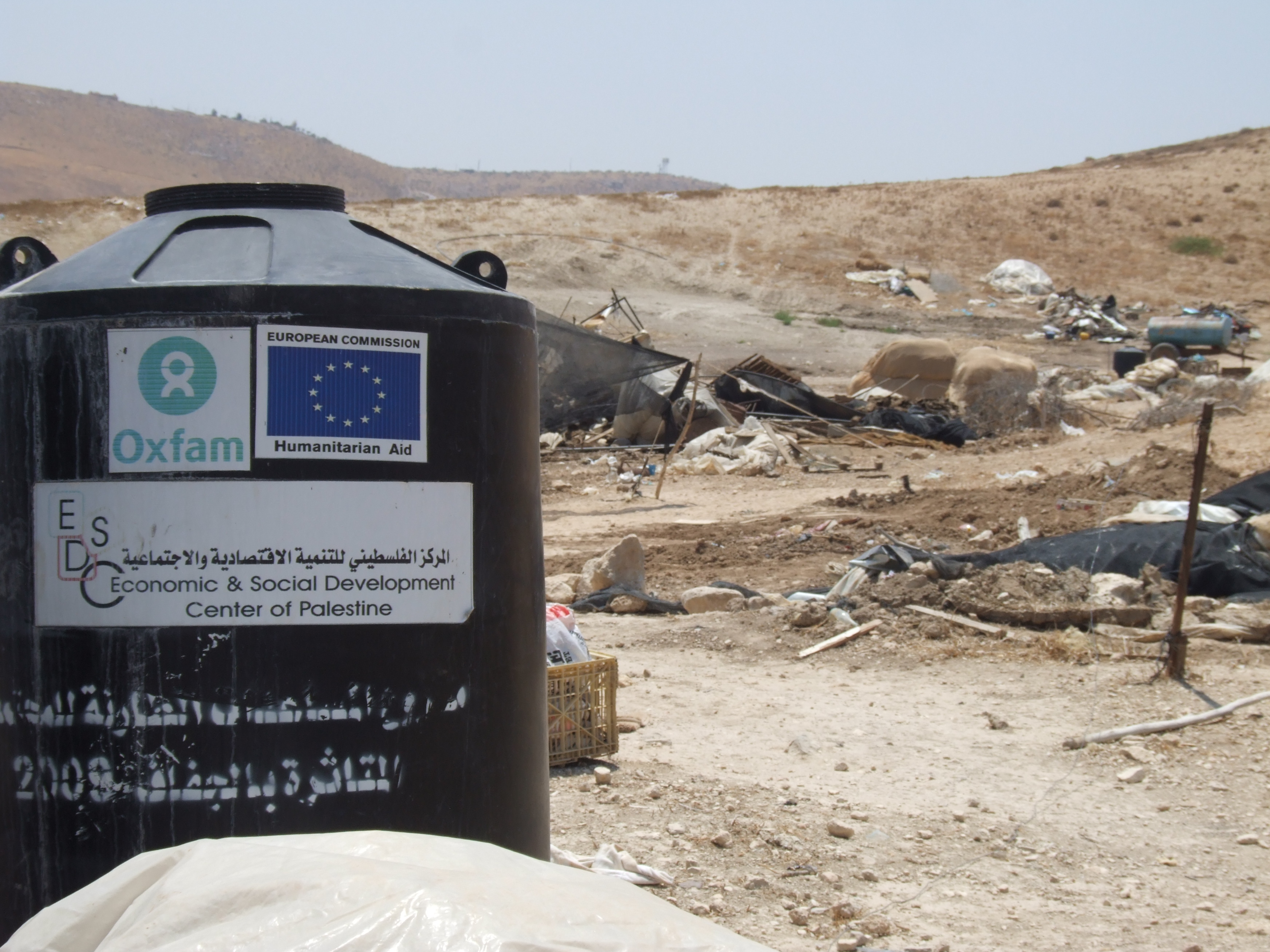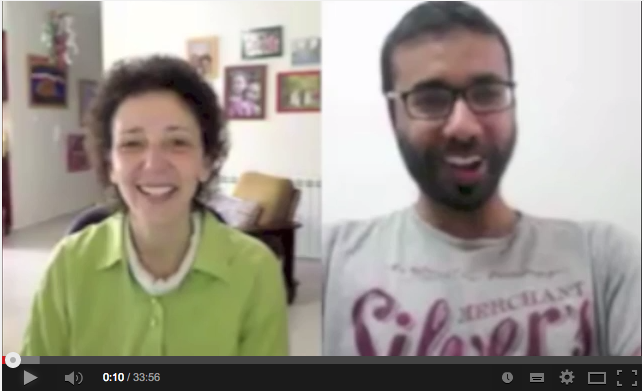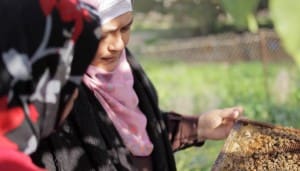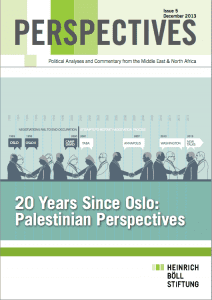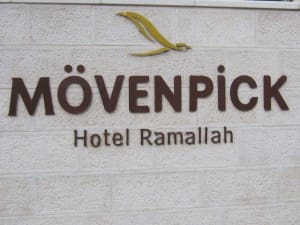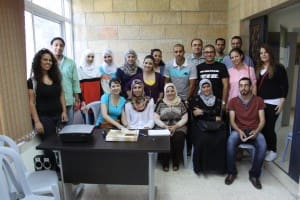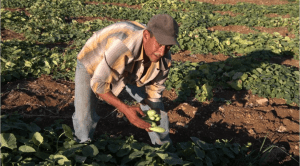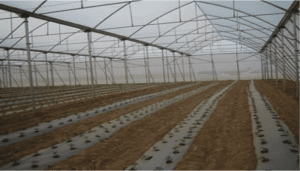When something bad happens in the world, like an Israeli bombing of Gaza, we run to the news every morning to find out what we missed. We turn off the music on our commute and turn up the volume on the news. We chit chat about the tragic stories we’ve heard at work or with friends. We spend longer than usual to read the analysis in the Sunday paper. We might even feel distraught, pull out a credit card, and send money to help injured children or provide food aid.
Then the crisis ends or a different crisis replaces it on the front page. We figure everything is basically okay in Gaza. We put Gaza on the backburner in our minds.
This is normal. We can only keep our attention on so many crises at one time. There are lots of problems in the world, and we have our own problems and personal priorities too. This is understandable.
But it’s also a problem. It means that in-between “newsworthy escalations,” what goes on in Palestine, and especially in Gaza, is virtually unseen. Yet, things in Gaza are not “basically okay.”
In fact, Gazans are bombarded by inhumanities, illegalities and indignities. Every single day, Palestinians, old and young, are being shot for “crimes” such as farming or tending animals on their own land near Israel’s “Access Restricted Area.” Every single day, sick people are denied permission to leave Gaza to receive medical care and students are denied permission to leave Gaza to study. Then there is the filthy, salty water that comes out of the tap, the drones that add to the feeling of imprisonment, the hopelessness of growing up a refugee with so few opportunities…
But that’s only half the story!
There are amazing and inspiring things happening in Gaza too. These are stories of individuals and groups that are taking action to improve their communities, to resist oppression, to bring joy to one another and the world. You won’t see those stories on the news – not during times of crisis and not in-between. Real human stories just aren’t newsworthy.
But you will hear some of those stories on my blog. This month, every day in the run-up to my birthday on May 5, I’m releasing one clip of an interview with a Palestinian from Gaza talking about whatever they want you to know.
These clips are a birthday gift from me to you. Please don’t think about it as being bombarded. Look at it as an opportunity. Now, while Gaza is not on the front page, in the quiet of your home, with a very small commitment of time, you can listen to Palestinians from Gaza telling you in their own words what their lives are like.
And if you are so moved, please do pull out your credit card, but not for emergency services that leave no lasting benefit for the population. Give, but give in a way that challenges the siege. Dalia Association’s Gaza Fund (which I am opening with this campaign) is itself an act of resistance. First, we are refusing to allow Israel to split Gaza from the rest of Palestine. We insist on working together to claim Palestinian rights. Second, we are opening a Fund that Gazans themselves will control, under the umbrella and with the support of Palestine’s community foundation. This isn’t “aid” in the sense of charity for have-nots. The Gaza Fund is an initiative for self-reliance, an investment in local capacity, a network for long-term collective self-development.
If you’re not sure yet whether or not Gaza is worth your investment, watch the 1-minute introductions of my new friends from Gaza.
Then, consider contributing to the Gaza Fund at Dalia Association. If you give by credit card, please use the pull down menu to earmark your one-time, monthly, or annual contribution for Gaza. If you want to give by check, wire transfer or cash, contact me or Dalia Association at info [at] Dalia [dot] ps to find out how. I will acknowledge every single gift on my blog.
And whether or not you contribute money, please take one political action to help end the siege. For example, write a letter to a political representative or the media letting them know this is a concern you want them to address. And remember to sign up with one of the Palestinian rights groups so you are updated regularly about Gaza and other Palestinian issues.
For the next three weeks or so I’ll be sending slightly longer video clips that address substantive issues: electricity, family separation, youth unemployment, early marriage, and more. Once released, these will always be available for you to watch and share on my YouTube channel at https://www.youtube.com/user/NoraLesterMurad.
So here’s the deal…
If we work together when Gaza is not in the news, maybe we can make change that will prevent the next “newsworthy escalation” altogether. And just maybe, by working together in these “quiet” times, we can build a movement to demand a just peace so that everyone can get on with the business of developing, loving and being happy.
